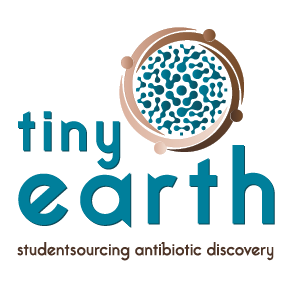Where Did Antibiotic Resistance Begin and When Will it End? The Societal Factors Driving Antibiotic Resistance
20 years after its discovery, penicillin launched the Golden Age of Antibiotics—A period during the 1950 to 1960. During this time, doctors prescribed this ‘miracle’ drug as a cure for almost any ailment. Disregard for other disease factors arose as doctors conveniently dismissed their patients’ illnesses with a prescription for an antibiotic. Soon after this decade of overprescribing, public health professionals noticed an increasing ineffectiveness of antibiotics. Doctors have continued overprescribing antibiotics even to this day, further contributing the current antibiotic resistance crisis.
According to the CDC, 1 in 3 antibiotic prescriptions are unnecessary. Now, we face multi-drug resistant bacterial infections including tuberculosis and staph infections. A particular group of Staphylococcus aureus strains that causes difficult-to-treat infections even has it’s own acronym: MRSA (Methicillin-resistant Staphylococcus aureus). The CDC claims that rise of these diseases is primarily attributed to poor drug surveillance and drug quality in economically developing countries. Meanwhile, the narratives of different culture’s experiences with pharmaceuticals prove otherwise. Therefore, we must question ourselves: Did the societal drivers of antibiotic resistance start at its discovery in 1928? Or does the reasoning stem back centuries ago?
First, let’s focus on the developing countries and see what credits them with the highest contribution of antibiotic resistance. A 2021 study in Bangladesh determined that the lack of education is the main drive of antibiotic misuse, making way for antibiotic resistant diseases to spread. Communities within Bangladesh and other neighboring countries have developed a culture of routinely taking antibiotics in efforts to prevent infection. On the other hand, others may use them as a sort of placebo. Routine users may take antibiotics in order to cope with psychological, social, and physical stressors, especially during the recent COVID-19 pandemic.
One issue with this is that recurring antibiotic usage is damaging to the beneficial and existing bacteria in our human microbiomes. Another issue is the opportunity for bacteria to become resistant. It’s a misconception that our bodies stop responding to drugs as a result of antibiotic misuse, leading to cyclic habitual use and a cascade of negative effects. On the contrary, it’s the bacteria themselves that become resistant to drugs, as routine and overuse of antibiotics allows for any bacteria to successfully evolve as a defense mechanism. Once these bacteria evolve within one body, it can spread to others.
Second, we must look into how economically developed countries also play a role in the antibiotic resistance crisis. Big Pharma consists of multinational pharmaceutical companies with exceptional economical leverage. Before The Anti-Kickback Statute and other similar laws were enacted in America, it was common for doctors to overprescribe drugs or prescribe unnecessary drugs in exchange for extra money from the pharmaceutical company (Allen, 2022). This culture in our healthcare facilities and the normalization of drug misuse allowed for further rise of antibiotic resistance. Protective laws, in addition to other costs in the drug discovery pipeline, have led pharmaceutical companies to view antibiotic discovery as unprofitable. Abandonment the field has left the antibiotic resistance crisis to persist far beyond the Golden Age of Antibiotics. However, it has opened up new door for other microbe hunters, citizen scientists, and student researchers to tackle antibiotic resistance as a community.
So what did we learn from this, and how can we move forward? Well, as we enter the world of STEM, it is important to consider how social and cultural factors play in current issues as they differ from your perspective. In your professional career (or practically any interaction with other people), you must consider one another’s prior experiences and how it contributes to their sense of the world. In light of the antibiotic resistant crisis, health professionals can use this information to analyze social determinants of antibiotic misuse, and target this crisis at the source.
— Katie Wiesner, Tiny Earth Student Group Undergraduate Lead
Sources:

